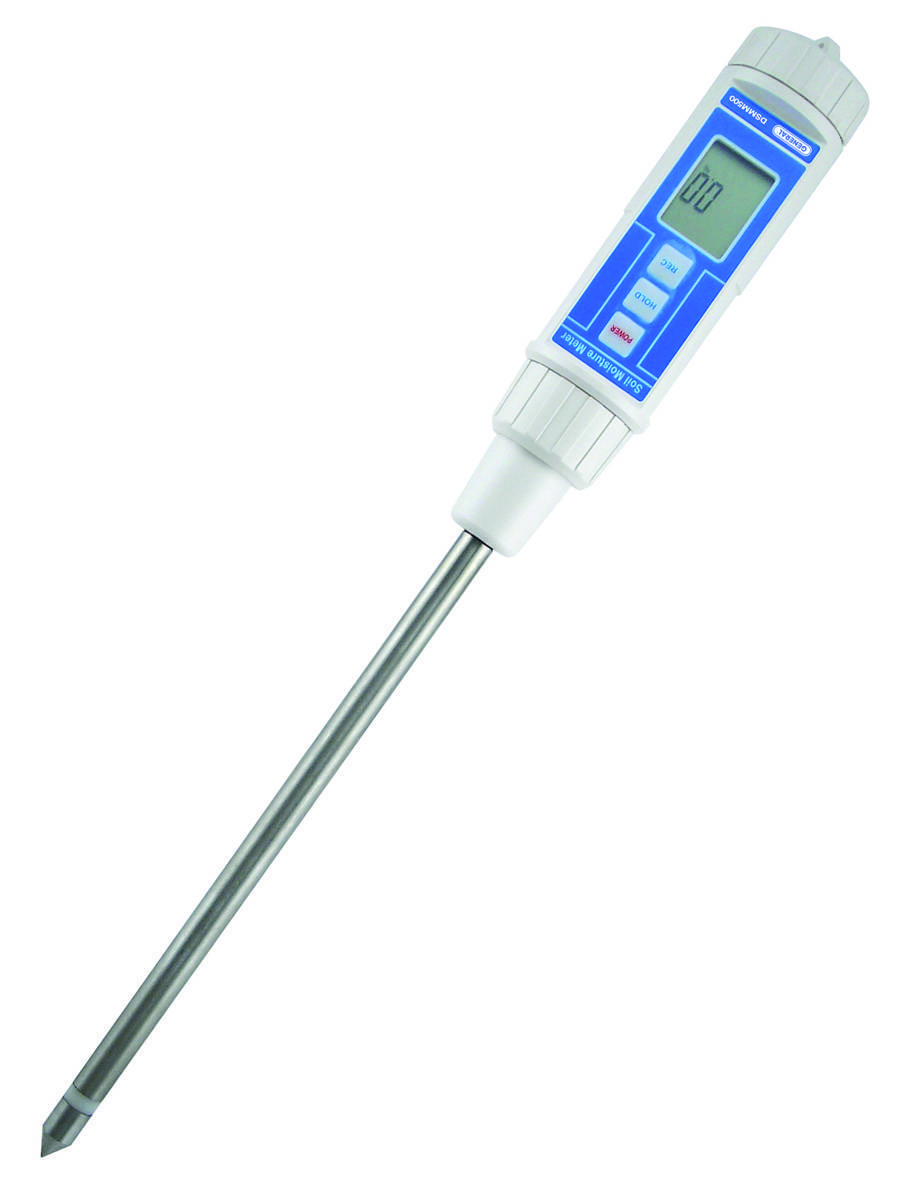Just how to Make Use Of a Moisture Meter to Find Surprise Water Damages in Your Property
Just how to Make Use Of a Moisture Meter to Find Surprise Water Damages in Your Property
Blog Article
The Ultimate Overview to Dampness Meters: A Comprehensive Introduction and Just How They Can Save You Money
In the realm of building maintenance, construction, and different markets, the importance of properly gauging dampness degrees can not be overemphasized. Dampness meters function as essential devices in detecting and keeping track of moisture web content in products, assisting in avoiding expensive damages and making certain the quality of products. Comprehending the subtleties of different sorts of wetness meters, their applications, and the prospective cost-saving benefits they offer can be a game-changer for organizations and professionals alike. Finding exactly how these gadgets can not only enhance processes but also add to financial savings is a journey worth starting.
Kinds Of Dampness Meters
One common type is the pin-type dampness meter, which determines the electric resistance between 2 pins inserted into a product. Pinless dampness meters, on the various other hand, use electro-magnetic sensing unit plates to check a bigger location without triggering damages to the product's surface.

Furthermore, there are likewise specialty moisture meters designed for certain products like dirt, grain, or hay. These meters give accurate moisture analyses customized to the special residential properties of the product being tested. Infrared wetness meters measure the thermal homes of a product to identify its wetness web content non-invasively, making them valuable for applications where pin or pinless meters may not appropriate. Recognizing the different types of moisture meters readily available can aid sectors select the most suitable tool for their details moisture dimension demands.

Advantages of Utilizing Moisture Meters
Dampness meters offer important benefits in properly checking and evaluating dampness levels in varied products and environments. One of the key advantages of utilizing wetness meters is the avoidance of potential damages created by excess moisture.
Additionally, using wetness meters can lead to increased power performance. In agricultural settings, dampness meters play a vital function in enhancing plant returns by allowing farmers to keep an eye on soil wetness levels and make educated irrigation decisions.
Just How to Choose the Right Moisture Meter
Choosing the appropriate wetness meter entails considering vital aspects such as material compatibility, dimension array, and calibration accuracy. When picking a dampness meter, it's necessary to guarantee that the meter appropriates for the specific material you will be screening. Different products have varying electric residential properties that can affect moisture readings, so selecting a meter developed for your material is important for accurate results. Additionally, take into consideration the measurement variety of the moisture meter. Make certain that the meter can detect dampness levels within the array required for your applications. Calibration accuracy is one more important factor to bear in mind. Opt for a wetness meter with reliable calibration to make sure regular and precise analyses. Some meters may need routine calibration modifications, so recognizing the calibration process is essential. By very carefully evaluating these aspects, you can select a moisture meter that meets your needs and gives precise dampness dimensions for your projects.
Appropriate Techniques for Dampness Meter Use

Price Cost Savings Through Wetness Meter Applications
How can the strategic usage of dampness meters cause considerable cost savings across numerous sectors? Dampness meters play an important duty in cost savings by stopping prospective damages and making sure high quality control in various markets. In the agriculture market, wetness meters aid in establishing the optimal time for harvesting crops, protecting against excess or over-drying wetness that can influence the last item's high quality. This specific surveillance assists farmers stay clear of unneeded losses and maximize their yield.
In a similar way, in construction, dampness meters help avoid pricey problems by finding moisture degrees in building products, such as wood or concrete, which can bring about structural issues otherwise dealt with quickly. By recognizing problem areas beforehand, contractors can take corrective steps to prevent extensive repair work or substitutes, eventually conserving time and cash.
In addition, in the food handling market, wetness meters are crucial for keeping an eye on item top quality and ensuring compliance with security policies. By properly gauging wetness web content in food, manufacturers can prevent spoilage, maintain freshness, and reduce waste, leading to considerable cost savings. Overall, the critical application of dampness meters is an important investment that can bring about substantial cost decreases and boosted performance throughout various industries.
Verdict
To conclude, wetness meters are beneficial devices for detecting and determining moisture levels in numerous products. By making use of the right wetness meter and adhering to proper strategies, individuals can effectively protect against expensive problems triggered by excess wetness. Purchasing a top quality moisture meter can result in significant cost savings in the long run by identifying potential concerns early and enabling timely remediation. Eventually, wetness meters are vital instruments for maintaining the integrity and durability of products and structures.
Dampness meters offer as important tools in spotting and keeping track of moisture material in materials, assisting in stopping pricey problems and making sure the high quality of items. Infrared dampness meters gauge the thermal residential or commercial properties of a material to determine its dampness my explanation web content non-invasively, making them useful for applications where pin or pinless meters may not be appropriate.Dampness meters use very useful advantages in accurately keeping an eye on and evaluating dampness levels in diverse products and atmospheres. In farming settings, moisture meters play a crucial duty in maximizing plant returns by enabling farmers to monitor dirt moisture levels and make educated irrigation decisions.In final thought, wetness meters are valuable tools for gauging and discovering moisture degrees in various materials.
Report this page